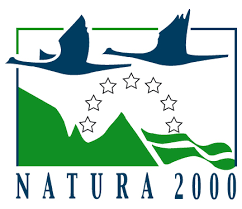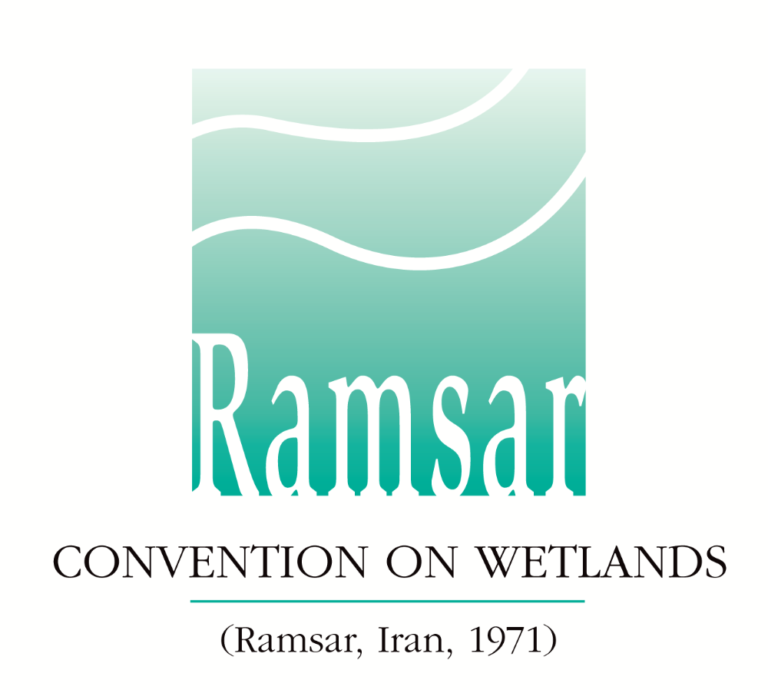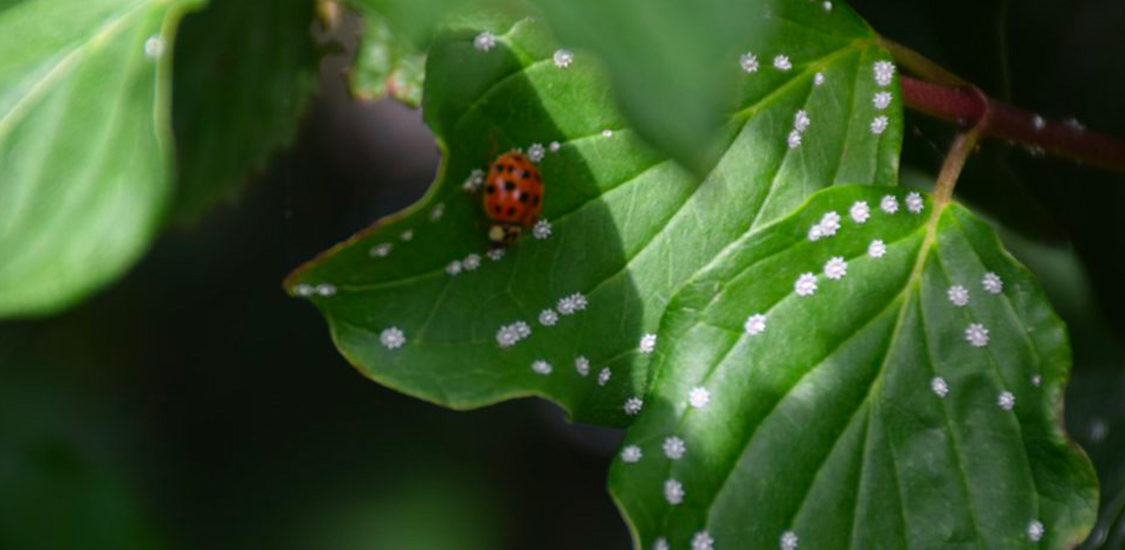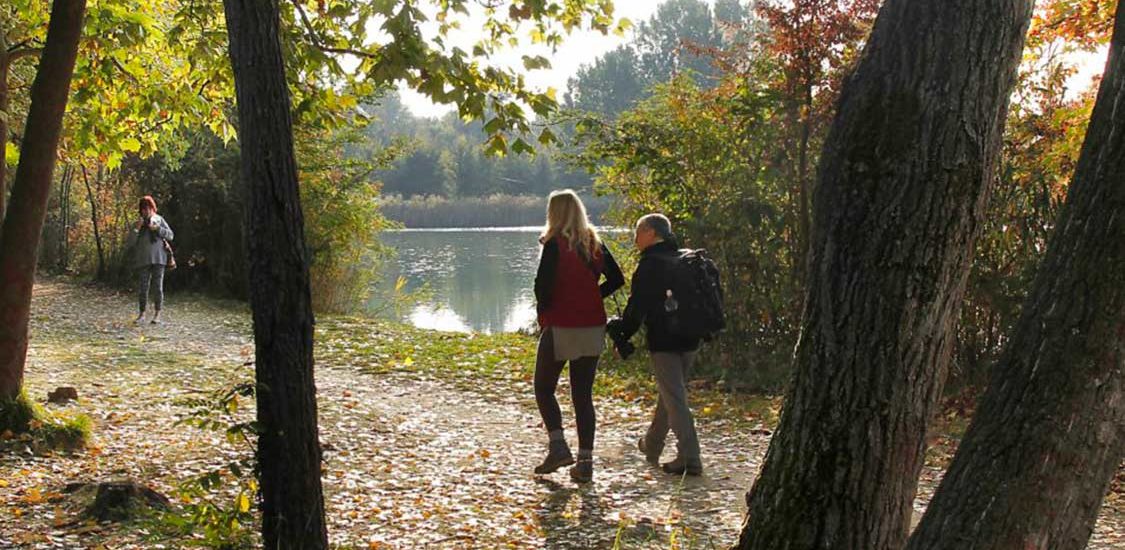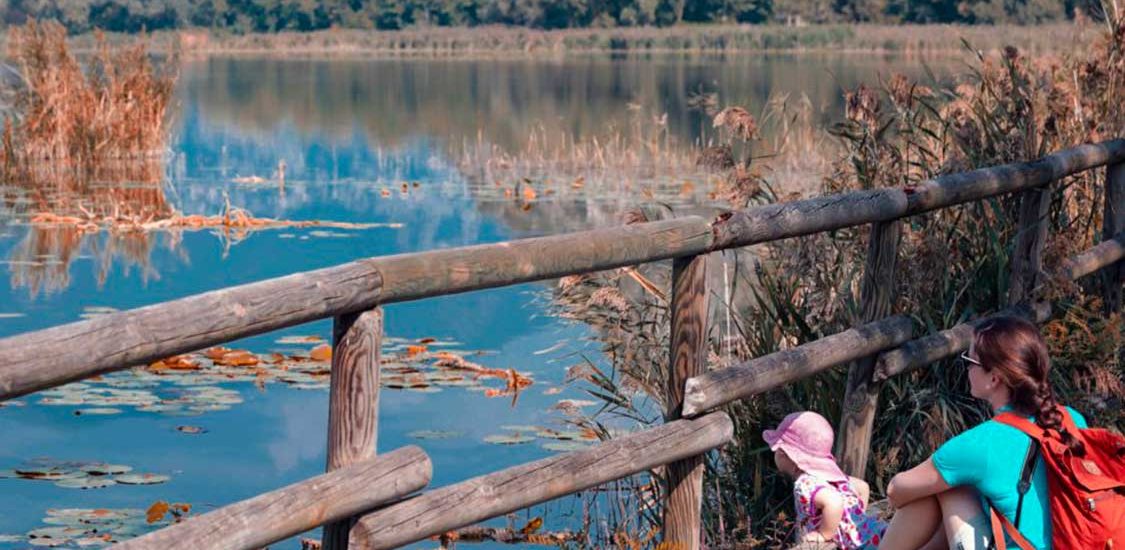Nature Protection
A Focus on protecting and conserving the environment
Never before have we realized the importance of protecting natural habitats.
The main threats to biodiversity are due to the destruction, degradation, and fragmentation of habitats. The concept of destruction is clear: the complete elimination of a natural environment to make way for man-made structures, such as commercial, industrial, or residential centres. Degradation is instead the loss of integrity of a habitat due to pollution, the introduction of exotic species, or excessive human disturbance, resulting in the increased impossibility of sustaining the species present. Finally, fragmentation is the division of a single ecosystem into smaller areas, separated by roads or artificial infrastructures that prevent connections between one habitat and another. This is a very serious factor that has also affected the local area, particularly when the Reserve lost its connection with Lake Iseo. In the future, it will be essential to protect any remaining environments in these two natural areas from construction.
Why is it important to preserve the wetlands?
Wetlands, and marshes in particular, are among the most threatened habitats on the planet. In the last 100 years, 90% of such habitats in Europe have disappeared, to the point that the European Union has developed a Biodiversity Strategy whose mission is ‘to bring nature back into our lives’, emphasizing the importance of protecting wetlands.
Marshes, like the ones in the Reserve, perform multiple functions that are essential for the ecological balance of the entire territory. They control flooding, effectively purify the water by retaining both organic and chemical pollutants, block the spread of carbon dioxide — sometimes to a greater extent than forests — and regulate the microclimate. The lives of endangered bird species depend on the marshes, but if managed properly, they also offer other direct services to humans such as nature tourism, research and monitoring activities, or environmental education.
.
Humans and Nature
Esiste anche un altro importante motivo che ci spinge a preservare l’integrità dei nostri ecosistemi: è ormai dimostrato che la frequentazione di luoghi naturali sia essenziale per una corretta crescita psicofisica dei nostri ragazzi, fin dalla più tenera età, e di come la frequentazione della natura sia importante per la salute fisica e mentale di tutti noi.
There is also another important reason that encourages us to preserve the integrity of our ecosystems. It has now been proven that frequenting natural places is essential for the proper mental-physical growth of our children from an early age, and that spending time in nature is important for the physical and mental health of us all.
Protecting biodiversity, even within protected areas, is only possible if we manage to recreate the bond with nature that now seems to have been broken in many increasingly urbanized human communities. Parks and reserves present an opportunity to observe and understand natural processes and the diversity and richness of life forms, which leads us to a real desire to love and conserve natural environments, not for mere utilitarian purposes, but for their intrinsic value.
‘The connection with Gaia (Mother Earth) seems to be rooted in biophilia, the innate tendency of human beings to be attracted to different forms of life and the desire to form an emotional relationship with them. Biophilia is innate but not instinctive … If the relationship (editor’s note: direct relationship with nature) abates or is interrupted, biophilia does not develop and an entire area of a person’s psychic life is lost.’
G. Barbiero, Ecologia affettiva.
How is the Reserve protected?
The peat bogs did not always constitute a Reserve. Quite the contrary. Once, before malaria was eradicated in Europe, marshy areas were considered unproductive, unhealthy land, as land to be reclaimed and exploited. Only recently has the value of these complex environments, precious troves of biodiversity, been recognized.
The conservation importance of the Reserve was first legitimized in the 1970s, but the turning point came in 1983. That year it was included on the list of reserves by the Lombardy Region with Regional Law no. 86, Annex 1 of 30 November 1983 with the denomination ‘Riserva Naturale Regionale Orientata delle Torbiere del Sebino’ (Torbiere del Sebino Targeted Regional Nature Reserve), guaranteeing the area one of the highest levels of environmental protection in Italy. In 1984, it also officially became a Wetland of International Importance under the Ramsar Convention (‘Convention on Wetlands of International Importance’, 1971).
In the 2000s, the Reserve was listed in the European Natura 2000 ecological network and is recognized today as a Special Area of Conservation (SAC) and Special Protection Area (SPA) under the European Union Habitats Directive (92/43/EEC and 97/62/EEC) and Birds Directive (79/409/EEC).
The provisions and annexes in these directives help to identify priority habitats and protected species to reach the conservation and protection objectives.
Other essential tools for identifying and advancing conservation goals include the CORINE Biotopes database, which identifies and describes the biotopes of greatest importance for nature conservation in Europe, and the European and Italian IUCN (International Union for Conservation of Nature) red lists, which assess trends in biodiversity conservation in relation to the risk of species extinction on the global, regional, and national levels.
There are also two other regional tools of reference: ‘Provisions for the protection and conservation of small animals, flora, and spontaneous vegetation’ (Lombardy Regional Law 10/2008) and the black list of invasive species subject to monitoring, containment, or eradication (Lombardy Regional Law no. 10/2008).


